‘Not all those who wander are lost.’ — J.R.R. Tolkien
Some weekends ago, we took a trip with a group of friends and colleagues to a place that has been on my to-visit list for a while: Mount Taranaki.
According to Wikipedia, this dormant volcano is 2,518 meters tall, which makes it the second-highest mountain in the North Island, after Mount Ruapehu. We were lucky enough (have been told by many locals) that we enjoyed good weather during the weekend and could see the Mount clear of clouds.
Visual Notes
I am a big picture-taker. I would like to be able to spend more time sitting in a place and taking the time to draw, but sometimes it’s difficult when traveling with a big group of people or visiting places that are quite busy. Haven’t found my tricks yet but, in the meantime, I use photography as a visual tool to capture and collect moments and things that attract my attention. Later on, I sit quietly in my lounge, in the library, the art gallery, or in a quiet park, and review those images, take more notes, and sketches, and reflect on the trip.
Our stay was in a lovely old house by a cliff along the Waiiti coast known as The Castle where there was a small spot close to the edge on the top of the garden where we could see gorgeous Mount Taranaki in the distance. It was our little joke to go and check the lady. I took different photos of Her (mountain, la montaña, in Spanish is a female noun) at different times of the day, with different light conditions, even attempting a night shot with my iPhone.
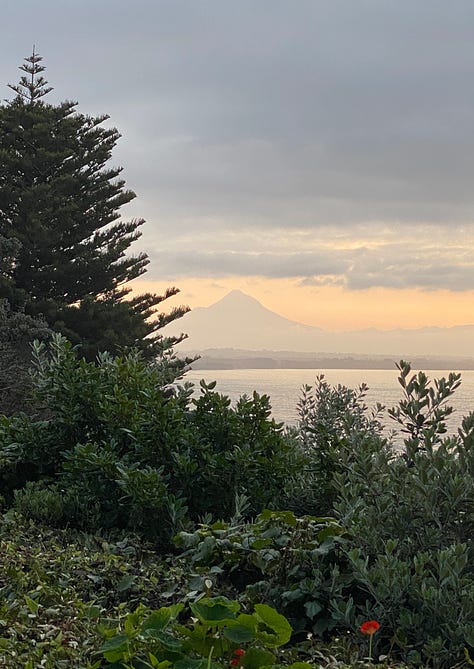
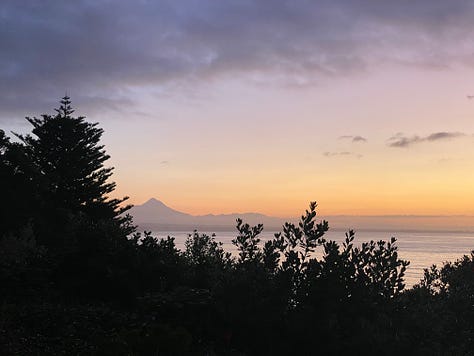
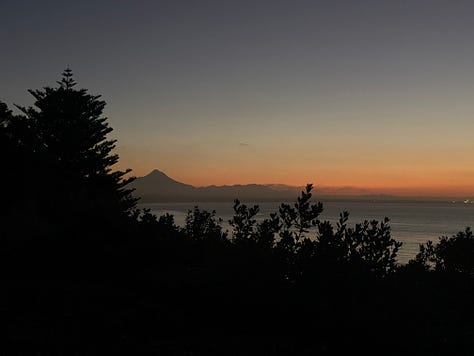
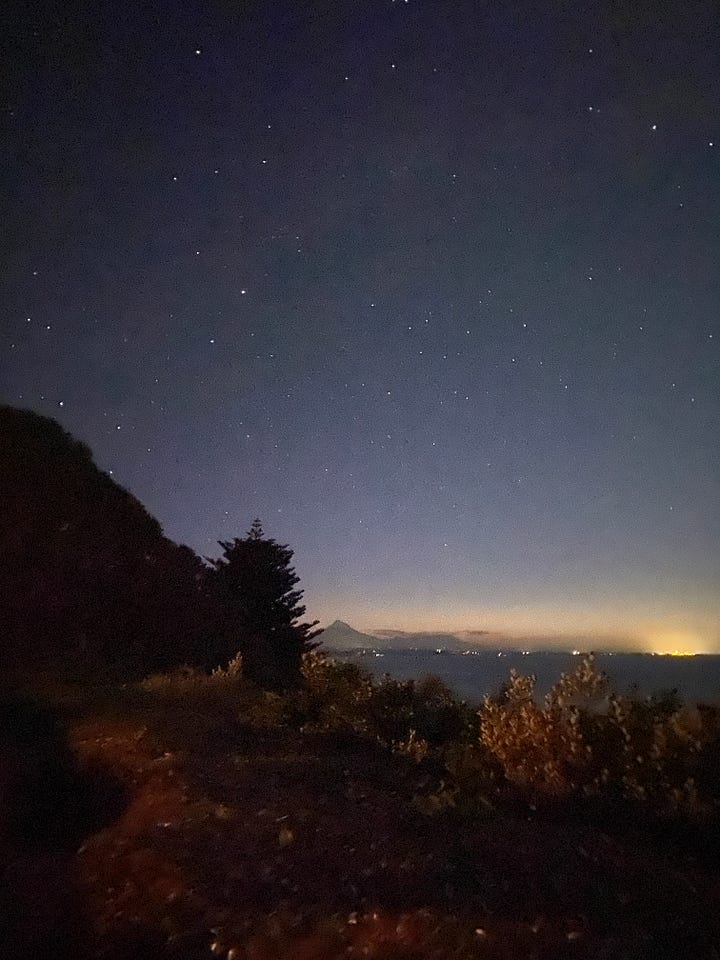

On Sunday, we hiked for about 2 and a half hours up through the ancient forest to get to the hut where the mount was close enough to get a great view. This is apparently a popular hike and the hut and area were crowded with visitors, hikers, and Instagramers trying to get the perfect shot. It was a hard trail but totally worth it.
Learning from other artists and testing their styles
The week after the trip I checked out in Auckland’s Public Library the book The Art of The Hobbit by J.R.R. Tolkien, Wayne G. Hammond, and Christina Scull. I found this book at the Wētā Workshop shop in Wellington and was curious about analysing the sketches in more detail. The following weekend I set myself to the task and used some photographs I took during the trip to Taranaki as an experiment to apply what I’ve learned from the book.
This involved testing lines and marks with different styles, and making use of the blank space in the drawing to compose a picture. The way Tolkien drew all those rocky mountains of Rivendell is just fascinating. With just a few lines and colours the effect is so powerful. One doesn’t need anything else to imagine and visualise the valley.
Planning a drawing vs sketching from observation
One of the other things I have re-learned from this book is how many times and iterations a final drawing requires. Tolkien goes over and over again composing and adjusting a single image that will illustrate the place he’s imagining and writing about. First, he sketches a rough landscape with a few lines and elements, introducing a notion of colour from the very beginning. Then he re-sketches the landscape with a bit more detail and some adjustments. Later on, he draws the refined image he will colour at the end.
This is something we tend to forget often: drawing requires practice and many, many iterations. All those beautiful drawings and illustrations that we love and see in magazines, graphic novels, and galleries, have been planned, composed, and iterated. Most of the time, however, this process has an early inception in sketching from observation where we can draw ideas from. This is why taking visual notes, collecting images, and sketching from real life can train our eye and our hand, to later apply the skills to a more refined purpose.
This is encouraging: talent exists, but it is practice that will truly serve us in our creative endeavours. And we can all do it.
✏️✨
Happy sketching!
Ana
Thanks so much for reading!
If you enjoy reading The Sketch Club, please consider sharing this post, upgrading your subscription, or donating 💛
All images and text © Ana Vila
PS.
Be patient. It will happen. — I told myself when we got to the top. There was a cloud blocking the top of the mount but I had faith it would blow away and reveal the whole. It was a challenging hike of almost 3 hours up, and up, through the same beautiful but never-ending landscape.
We waited. And then, it did happen.
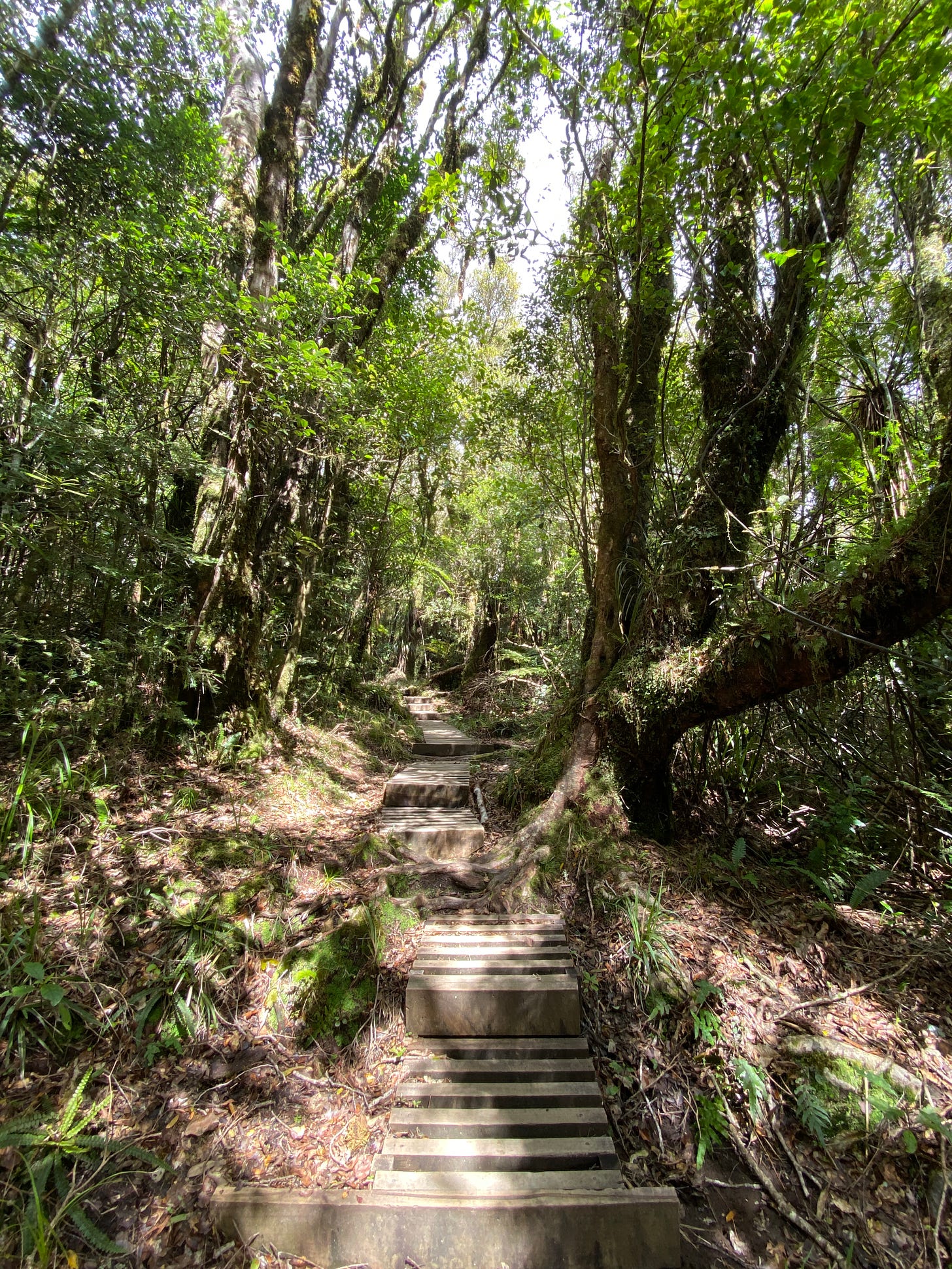

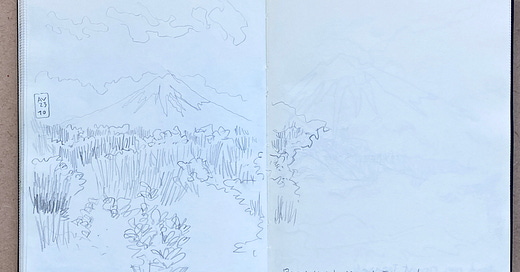


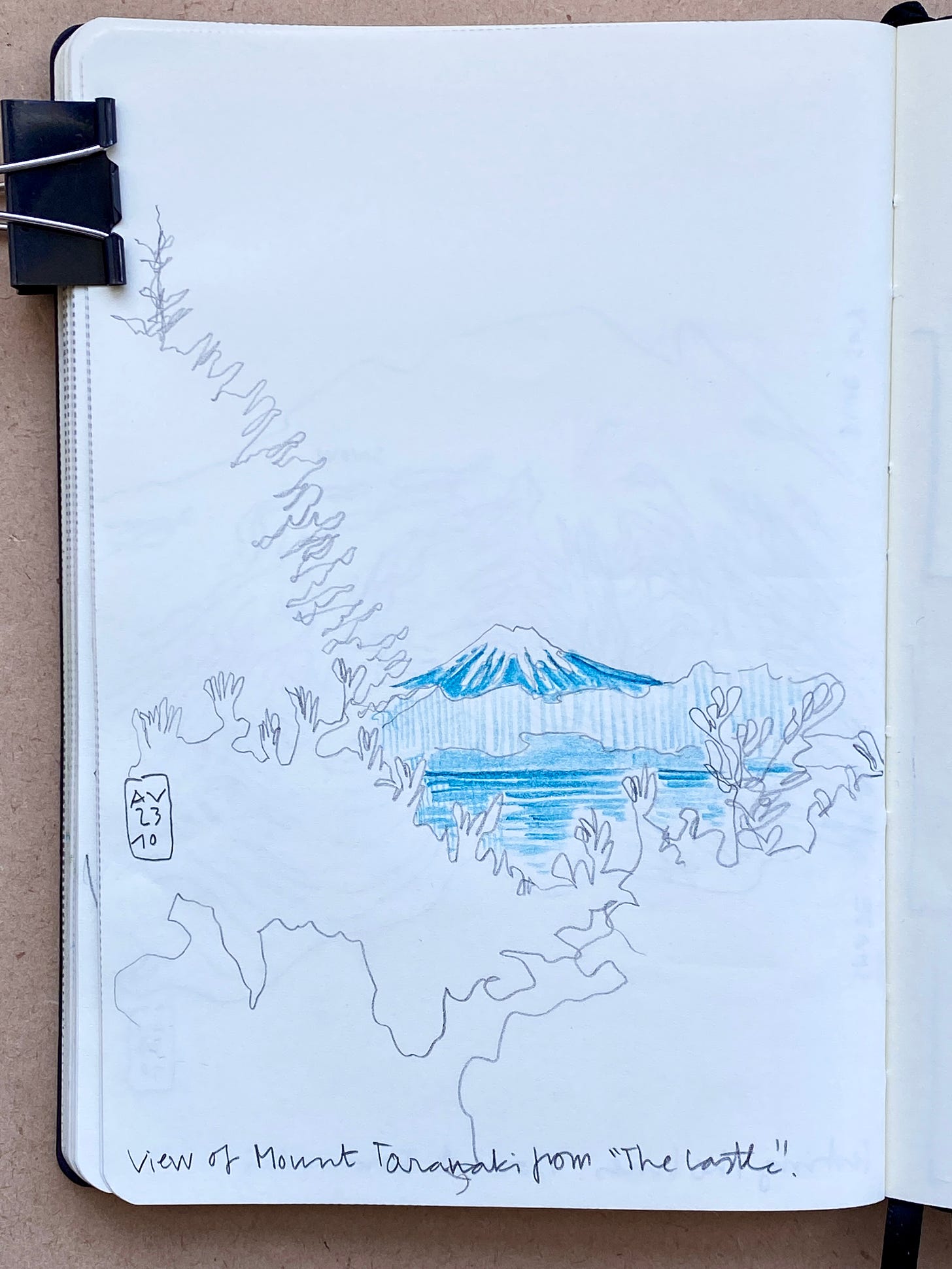
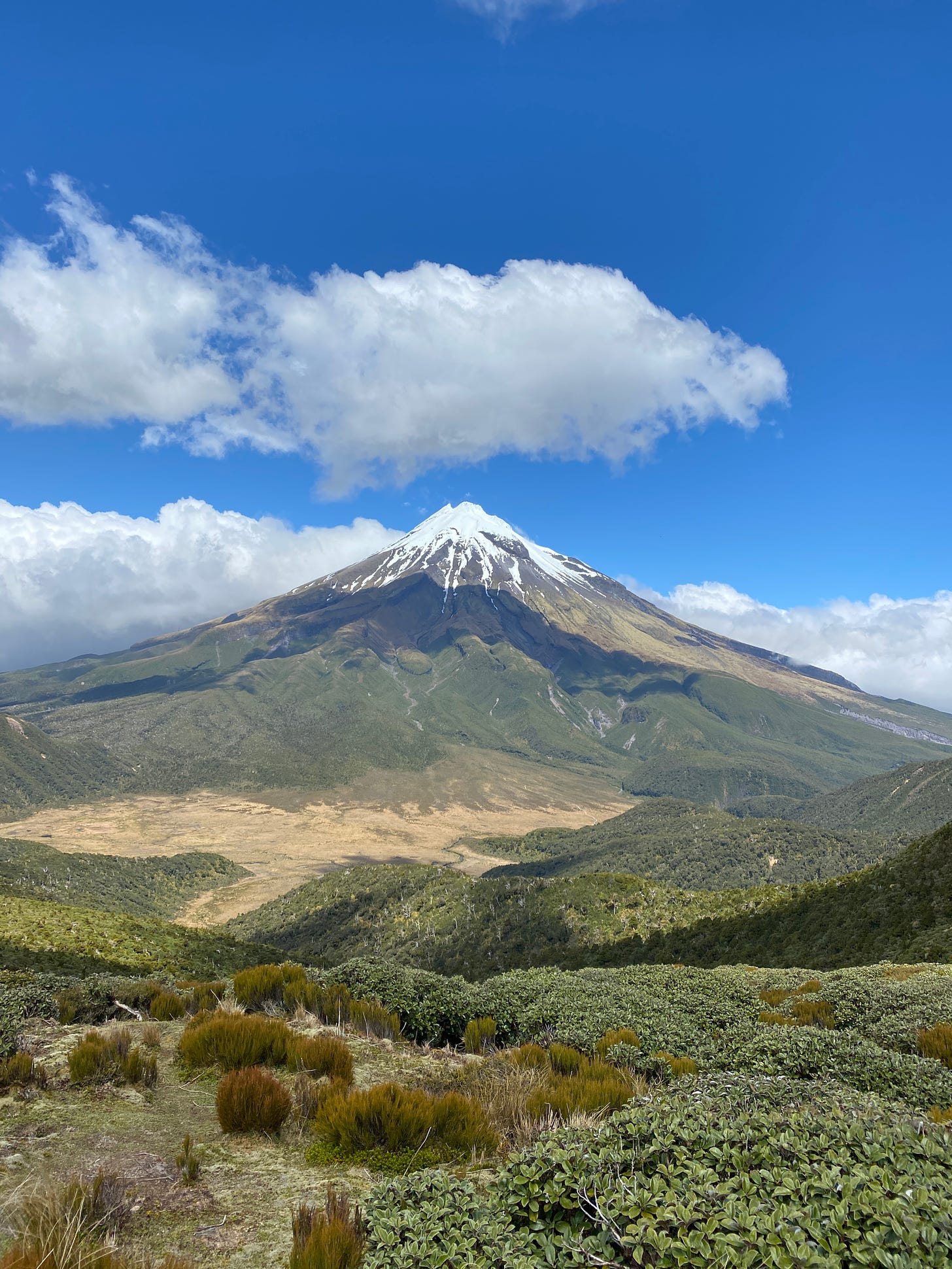
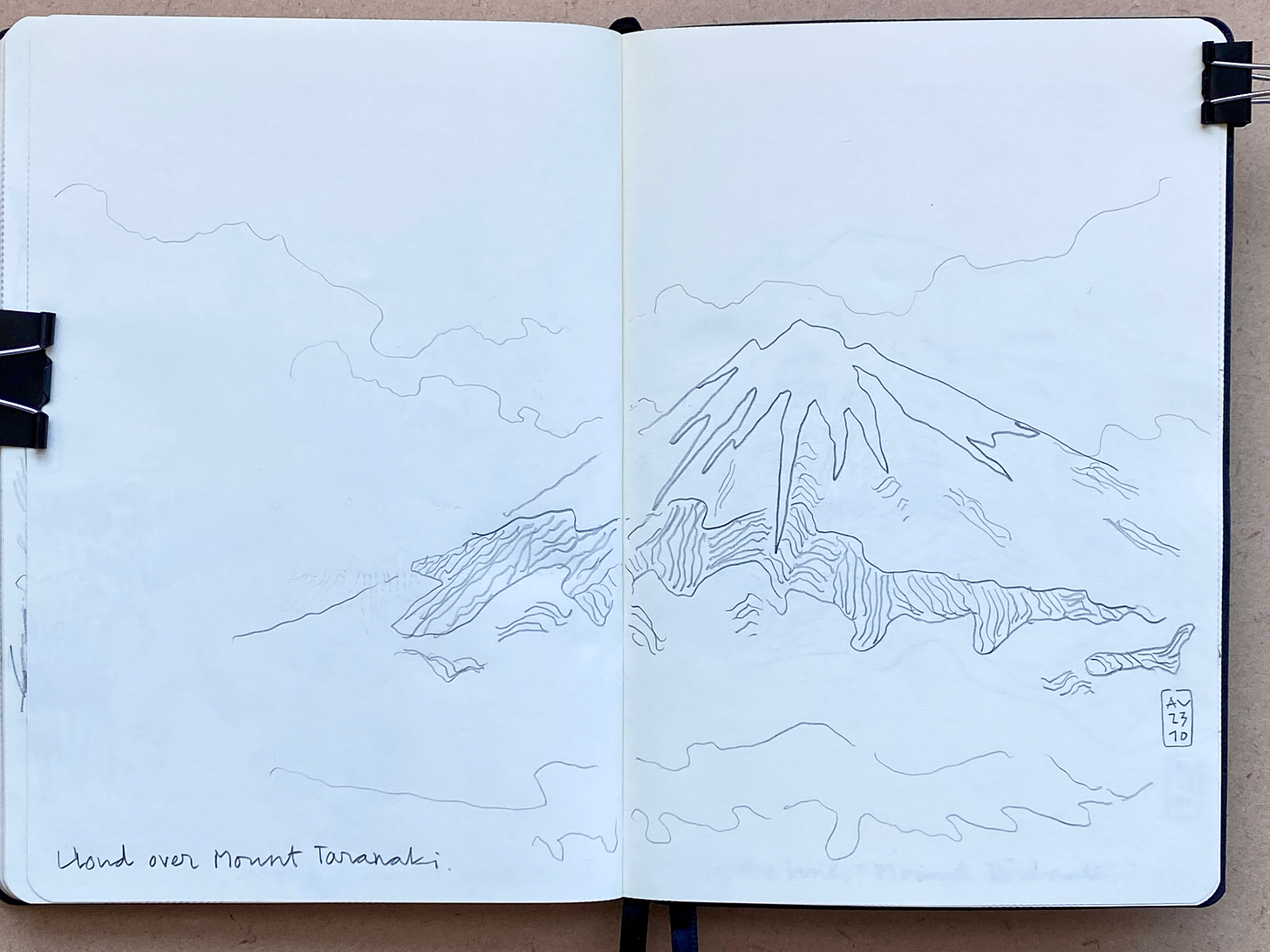
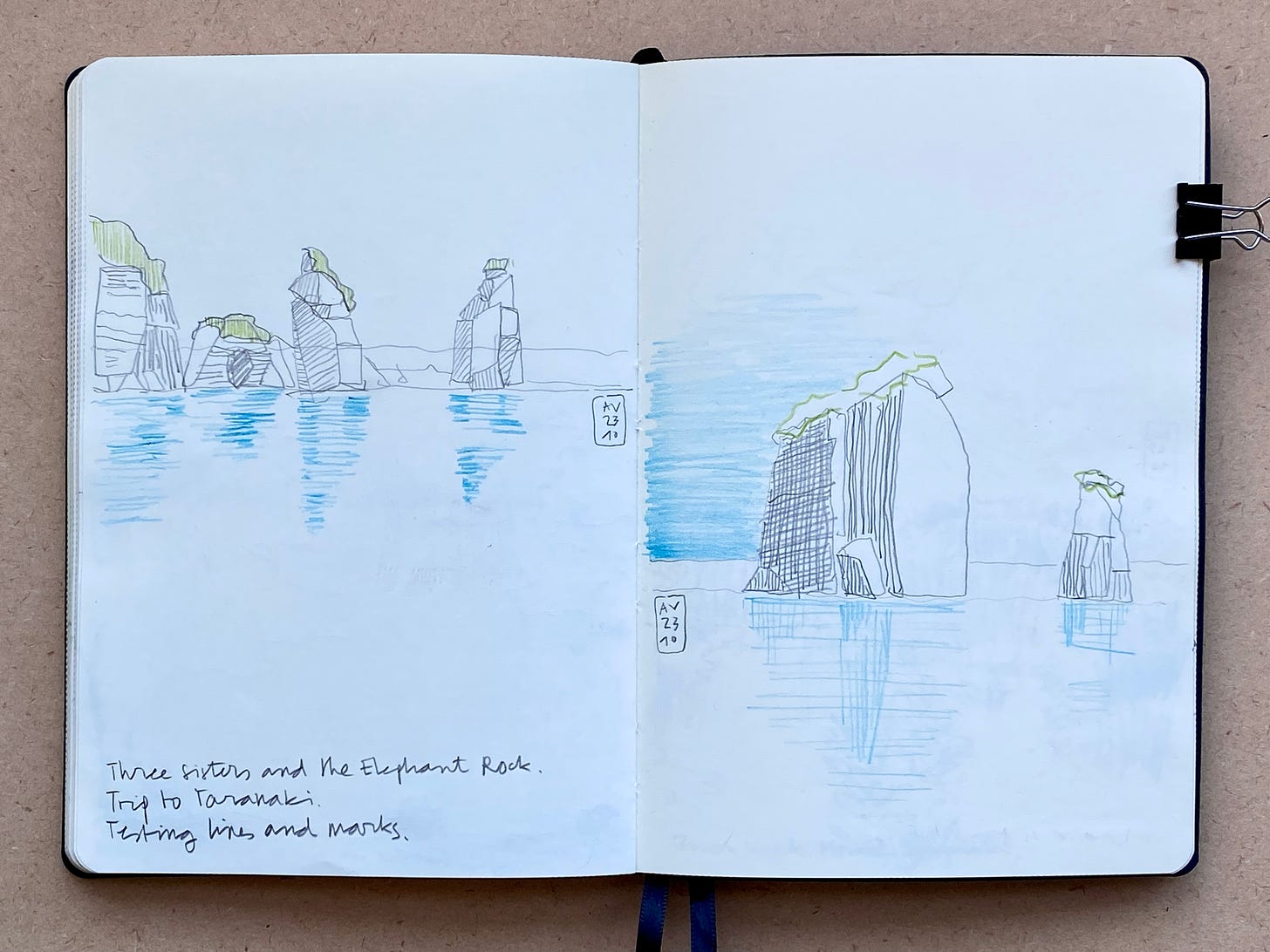

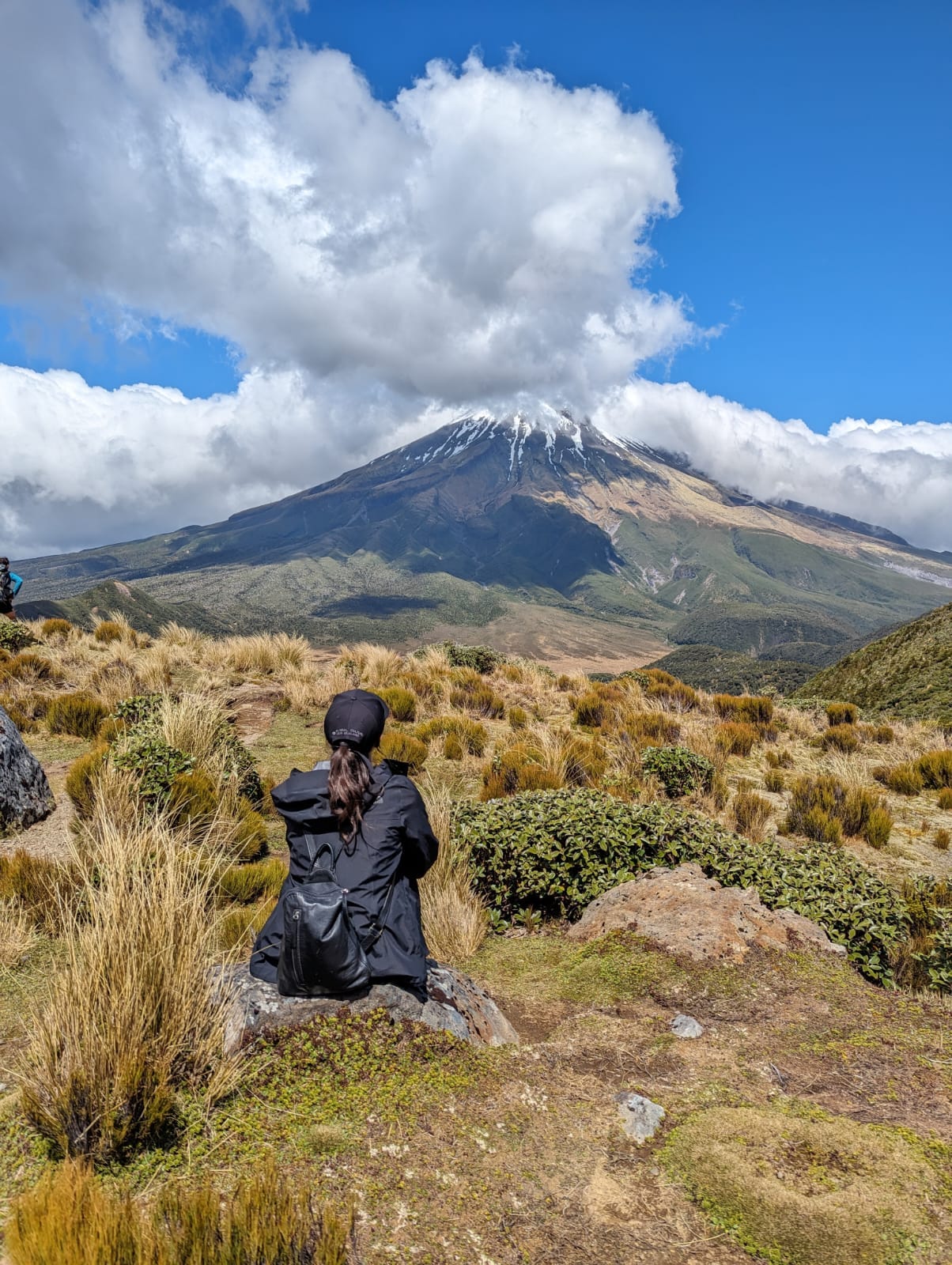
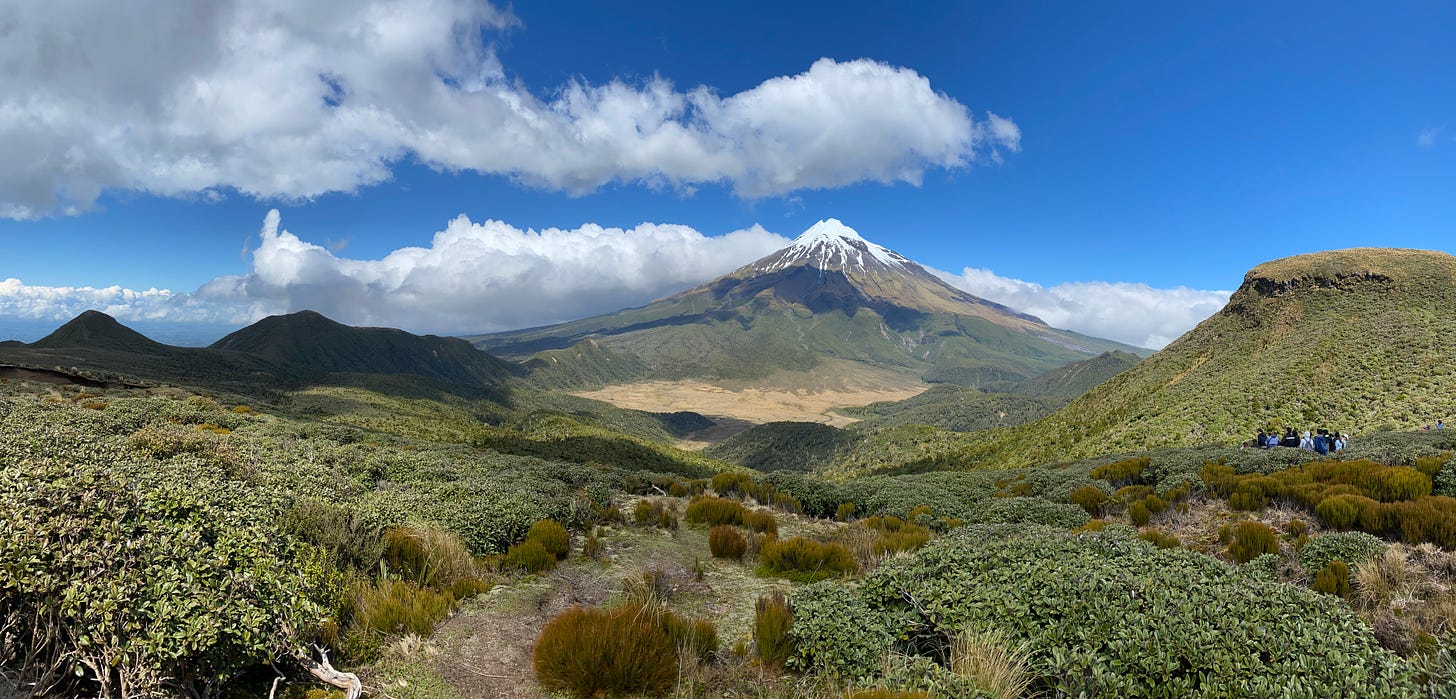
I'm so pleased you got to see this amazing volcano as it looks really beautiful. The pic of the steps is weird isn't it? I wasn't sure if they were going up or down until I read your words.